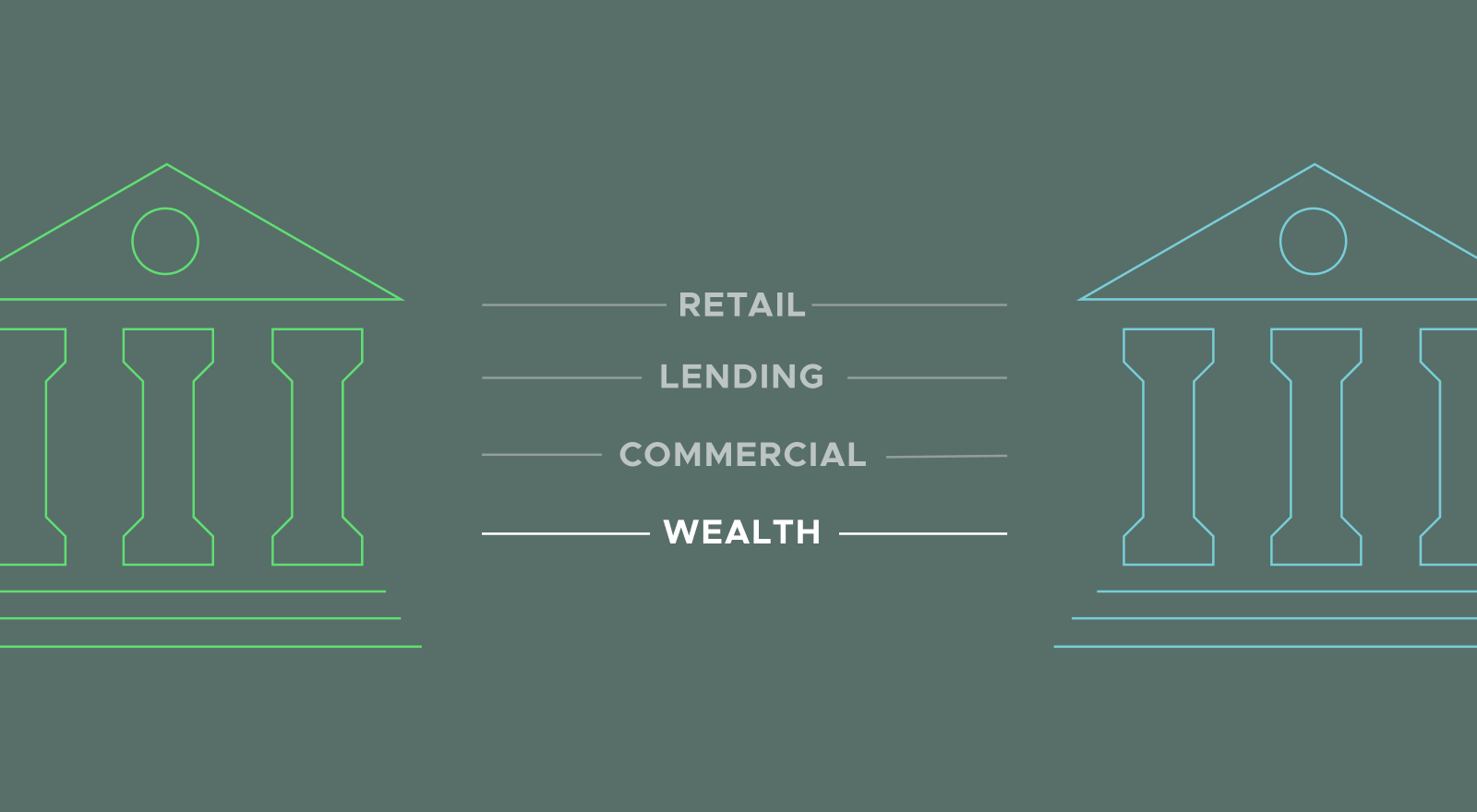
How well wealth management firms’ technology systems—their financial planning tools, portfolio management platforms, CRMs and more—work together is known as integration. There are three basic levels of integration- low, medium and high. As a firm climbs the hierarchy of integration, they can access data more readily and the benefits to their business operations increase. Therefore, the goal for any wealth management firm should be to achieve as high a level of integration as possible.
The idea of integration can get complex, so we developed a description of each level of integration to introduce the concept. This introductory piece will set the foundation for future posts on the topic of integration. It will also outline steps firms can take now to begin to increase their level of technology integration.
Low Integration
Firms that have a low level of integration do a lot of extra work. They have data, but it's housed in individual platforms that are not interacting. They must use manual workarounds to access their data and put it into a form that is useful for them to perform day-to-day tasks. Low integration offers low operational efficiency. It slows down tasks and is the least rewarding type of work for staff members to spend their time on.
Medium Integration
A medium level of integration is where firms have what is known as formatted data. Formatted data means the data is “fixed”. Firms can pull formatted data such as a full report and view it as a pdf, but it is uneditable. Medium integration is broken further into two categories based on how it is updated: batch process and real time. Batch process updates a large volume of data all at the same time. Real time updating means individual data points can be updated in real time. Real time updating provides more up-to-date information to advisors.
High Integration
At the high level of integration firms work with raw data. They are able to pull all client data points into all their different platforms as needed. It too is broken further into categories based on how it is updated: unidirectionally (one-way) or bidirectionally (two-ways). Bidirectional updates provide the most flexibility for advisors to analyze the data points they are working with.
Firms should strive to reach the highest level of integration they can in order to improve operational efficiency. As their technology platforms increasingly interact with each other they can increase their capacity to service more clients and offer more new services to clients. More data integration also leads to better quality for clients as well as differentiation from other advisors.
A digital readiness assessment will take inventory of all the technology a firm has and analyze which ones speak to each other. It will help wealth management firms determine where they have gaps in their integration that can be filled. As the gaps are closed, firms will see greater success in their ability to service clients and offer team members more fulfilling projects.
Ready to launch your digital readiness assessment? Get in touch and we’ll show you how.




